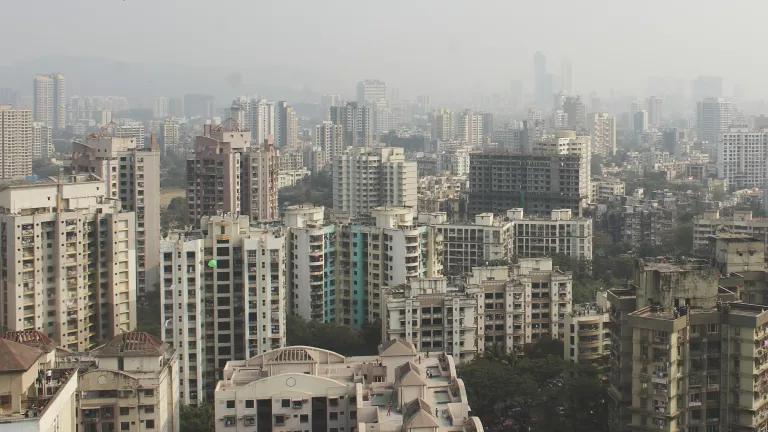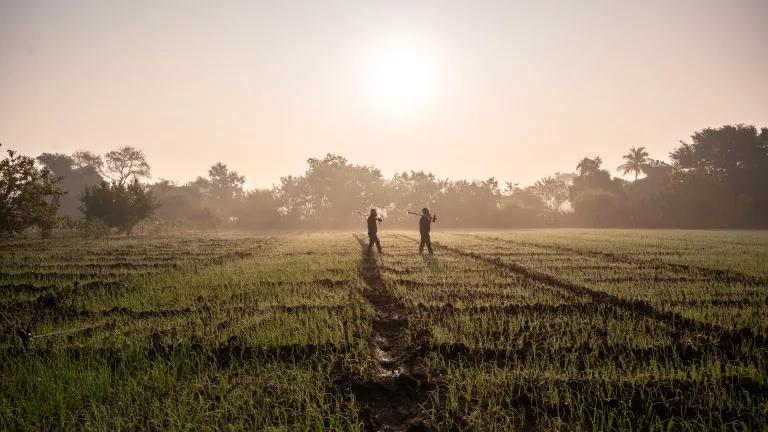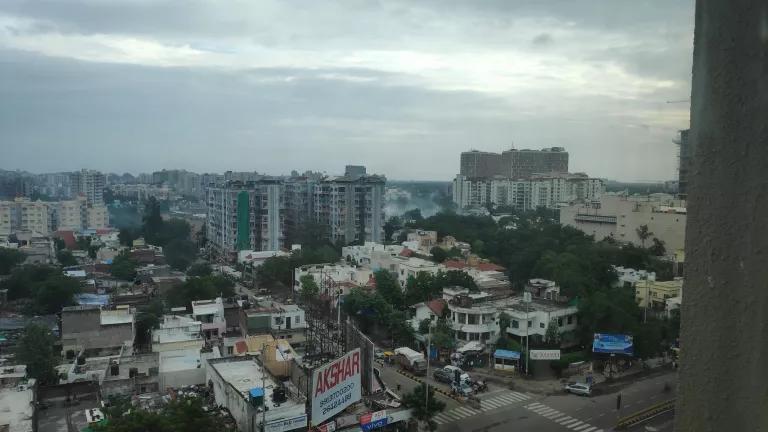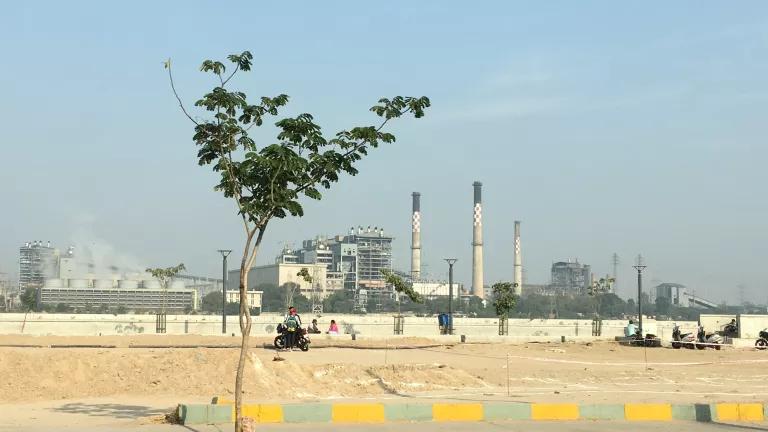
A smoggy day in Borivali, a coastal suburb of Mumbai, India
Akshit Sanghavi/EyeEm
While New Delhi grabs the headlines, air pollution levels continue to rise to alarming levels across cities in India. Recent international and local studies find that Indian cities are facing an air pollution crisis. Informing the public is a key first step in building awareness on air pollution, protecting communities, and getting citizens to act. The city of Ahmedabad is taking action to develop a health-based response and preparedness program on air pollution along with new monitoring stations throughout the city.
Two Key Studies – International and Local
A recent report by the World Health Organization (WHO) finds that people in more than 92% of 103 studied countries live in conditions where the air quality exceeds recommended limits—with South Asia ranking as among the worst. The report uses data from the ambient (outdoor) air pollution database, which contains information for about 3,000 cities and provides detailed outdoor air quality related health data from satellites, transportation and ground station monitors.
The key findings of the WHO report are:
- Outdoor air pollution is estimated to have led to over three million deaths globally due to lung cancer, stroke, chronic obstructive pulmonary disease and acute lower respiratory infection
- Of the 10 most polluted cities identified by the report, four are located in India (Gwalior, Allahabad, Patna and Raipur); and of the 122 Indian cities in the WHO database, all cities but 1 exceed WHO limits
- Air pollution is rising at an alarming rate and has been identified as a global health priority as part of the United Nations Sustainable Development Goals (SDGs)
A new assessment of air pollution finds that air pollution levels exceed national standards in most cities in India, while media attention is focused on Delhi. The assessment, prepared by Greenpeace, is based on information obtained through online reports and data from State Pollution Control Boards for 168 cities across 24 states and Union Territories.
The key findings of the assessment are:
- Air pollution is a national public health problem, not just limited to New Delhi, based on monitoring data from state boards
- Air pollution contributes to 1.2 million deaths in India annually and costs the economy an estimated 3% of GDP, according to the Global Burden of Disease project and World Bank analysis
- The annual average concentrations across India show that most cities in northern India exceed WHO and national standards, and a majority of the cities are critically polluted
Ahmedabad Learning Lessons for Delhi and Elsewhere
In efforts to protect local communities from rising air pollution levels, the Ahmedabad Municipal Corporation is developing an air quality index (AQI) with the technical expertise of the Indian Institute of Tropical Meteorology, Pune (IITM) and SAFAR (System of Air Quality and Weather Forecasting And Research). AQI systems already operate in key cities in India, including Pune, Delhi, and Mumbai, among others, as well as internationally.
To support the AQI, NRDC and partners, Indian Institute of Public Health, Gandhinagar (IIPH-G), along with IITM, are working with the city on information, education, and communication strategies for the new AQI. The combined efforts of government agencies, health professionals, and community leaders can serve to effectively inform the public about rising air pollution health risks in India, and how to take steps to protect community and individual health.
In December, the AMC partnered with IIPH-G, NRDC and IITM to lead a workshop, “Air Pollution & Health: Laying the Foundation for Effective Use of Ahmedabad’s Air Quality Index”. The workshop convened local and international experts to discuss translating increased monitoring through SAFAR and growing public awareness into usable health advisories and policy changes that target some of the key sources of air pollution. The discussion included best practices from Beijing, Los Angeles and New Delhi on reducing health risks at individual and community levels, regional challenges in India’s major cities, including Ahmedabad and Delhi among others and ways to increase awareness about air pollution.
Looking ahead to February, Ahmedabad is developing a pilot program focused on health risk awareness and communication. The key activities are:
- Enhanced public outreach through local language outreach, social media and media engagement
- Interagency communication with an alert and warning system for the AQI
- Air pollution awareness programs for schools and other vulnerable groups
- Medical professionals training program, including medical officers, link workers, and emergency response experts
- Health-based strategies and inputs into the City Clean Air Plan
Public outreach and increased awareness through monitoring systems is a key start to building stronger programs to combat air pollution and protect public health.
Laasya Bhagavatula and Anusha Jagannathan contributed to this blog.



